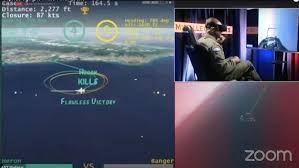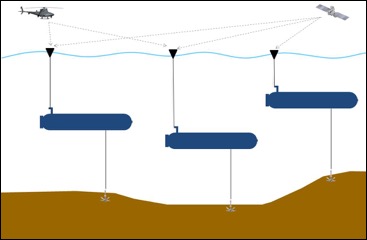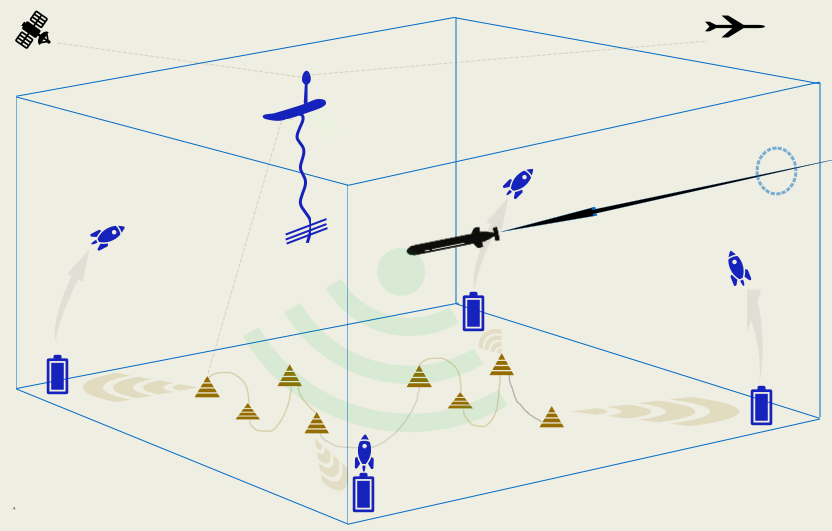
Pictured: A "moor-pedo." (rb.gy/febxke)

usni.org/magazines/proc…
strikepod.com/strikepod-comm…

thedrive.com/the-war-zone/2…
Thanks for reading. //



Keep Current with Strikepod Systems
This Thread may be Removed Anytime!
Twitter may remove this content at anytime, convert it as a PDF, save and print for later use!

1) Follow Thread Reader App on Twitter so you can easily mention us!
2) Go to a Twitter thread (series of Tweets by the same owner) and mention us with a keyword "unroll"
@threadreaderapp unroll
You can practice here first or read more on our help page!